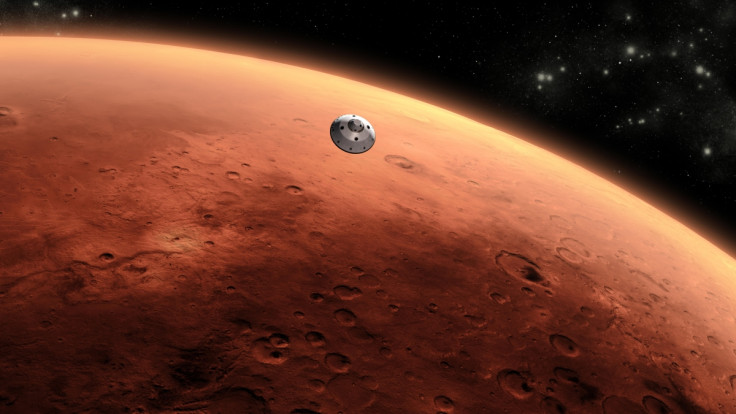Nasa Chief Charles Bolden: We Need to be 'Multi-Planet Species' For Human Race to Survive

The administrator of Nasa has said a manned mission to Mars is paramount for the survival of our species, as the agency unveiled its plans to place humans on the Red Planet by 2030.
Charles Bolden, head of the US space programme, said the mission was "feasibly, affordable and necessary" for the human race, even if the "challenge is huge".
Bolden outlined three "stepping stones" on the path to Mars, which included "lassoing" an asteroid and introducing it into the moon's orbit by 2015, growing plants in space and using 3D printers to carry out maintenance on board.
Presenting the three-stage approach at the Humans to Mars summit, he told The Times: "If this species is to survive indefinitely we need to be come a multi-planet species, we need to go to Mars, and Mars is a stepping stone to other solar systems."

Bolden stated that the International Space Station will be used to explore different technologies in deep space, such as whether 3D printers can be used to carry out repairs.
The Nasa chief also said the agency would determine whether plants can provide reliable food supplies. The experiments will provide valuable testing for technologies essential to longer manned missions.
Another phase involves a plan to lasso an asteroid by 2015 and redirect it into the moon's orbit, where astronauts on board the new Orion space vehicle will conduct test missions on the asteroid.
The Orion Multi-Purpose Crew Vehicle, which has been dubbed the next generation of spacecraft for missions to Mars and the moon, is set for its first unmanned flight in December to test its shields. The spacecraft will embark on crewed flights in 2021.
The final phase will involve a lengthy manned mission to Mars, which is expected to last between two to three years. The longest period spent in space to date was 803 days, undertaken by Russian cosmonaut Sergei Krikalyov.
Nasa stated its ambition for the future: "Developing planetary independence for exploring Mars, its moons and other deep-space destinations."
Bolden added that to succeed with their plans, the agency needed increased funding from the White House: "We will go out and probably manoeuvre around the moons of Mars, and then figure out, OK, how do we finally get down to the surface of the planet with human beings? We think with some increases in Nasa's budget, we're gonna be able to get to Mars in the 2030s."
If Nasa's 2015 budget is approved by Congress, Bolden said America would be sending astronauts back into space by 2017 using private rockets rather than the Russian Soyuz capsule.
Earlier this month, Nasa announced it would be cutting ties with Russia in light of its actions in Ukraine. The agency said it would continue to collaborate with the Russian space agency on International Space Station operations.
Bolden also revealed more projects under development. According to the Wall Street Journal, Nasa is spending over $3 billion annually, approximately one-fifth of its budget, developing a powerful new rocket, advanced capsule and deep-space exploration technologies.
Developments include Nasa's Solar Electric Propulsion System, which creates thrust by accelerating ions and is intended to reduce fuel mass, decrease travel times and permit larger payloads.
© Copyright IBTimes 2025. All rights reserved.






















